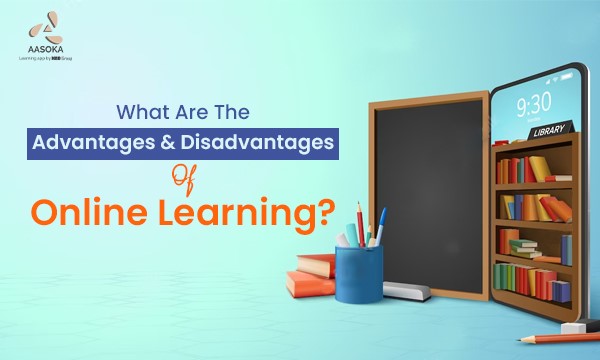
What are the advantages and disadvantages of online learning?
E-learning and online education have become increasingly popular over the years, especially during the COVID-19 pandemic, which forced many educational institutions to switch to remote learning. E-learning refers to the use of electronic devices and the internet to facilitate learning and teaching, while online education refers to courses that are entirely delivered online. While there are many benefits to e-learning and online education, there are also some drawbacks that need to be considered.
Benefits of e-learning and online education:
1. Flexibility: One of the main advantages of e-learning and online education is the flexibility it offers. Learners can access course materials at their own pace, and from any location, as long as they have an internet connection. This allows learners to balance their studies with work or family commitments, making it easier to achieve a good study-life balance.
2. Convenience: Online courses eliminate the need for learners to travel to a physical location, saving both time and money. This convenience makes it easier for people who live in remote areas or have mobility issues to access education.
3. Affordability: Online courses are often more affordable than traditional classroom-based courses, as they require fewer resources. This makes education more accessible to those who may not have the financial means to attend a traditional institution.
4. Increased access to resources: E-learning and online education provide learners with access to a wealth of resources, including multimedia, video lectures, and online forums. Learners can interact with their peers and teachers online, and access a range of resources that would not be available in a traditional classroom.
5. Self-paced learning: E-learning and online education allow learners to learn at their own pace, which can be good for those who learn at different speeds. This also allows learners to revisit course materials as needed, ensuring a deeper understanding of the content.
Drawbacks of e-learning and online education:
1. Lack of face-to-face interaction: One of the main drawbacks of e-learning and online education is the lack of face-to-face interaction between learners and teachers. This can be detrimental to the learning experience, as it can be difficult for learners to ask questions or receive feedback on their work.
2. Technical issues: E-learning and online education require reliable internet access and electronic devices, which can be a challenge for some learners, especially those from low-income backgrounds. Technical issues such as internet connectivity problems or software issues can also disrupt the learning experience.
3. Lack of structure: Online courses often lack the structure and routine of traditional classroom-based courses, which can be challenging for some learners. This can lead to a lack of motivation or discipline, which can ultimately impact their learning outcomes.
4. Limited social interaction: E-learning and online education can limit social interaction between learners, which can be detrimental to their social and emotional development. This can also lead to a lack of community and support, which can be important for learners, especially during times of stress.
5. Limited hands-on learning: Some courses require hands-on learning, which may be difficult to achieve in an online setting. This can be challenging for learners who need to gain practical experience or develop practical skills.
Conclusion
E-learning and online education have many benefits, including flexibility, convenience, affordability, increased access to resources, and self-paced learning. However, there are also some drawbacks, including a lack of face-to-face interaction, technical issues, a lack of structure, limited social interaction, and limited hands-on learning. It is important to weigh these pros and cons when considering e-learning or online education and to choose a learning model that best suits your individual needs and preferences.
